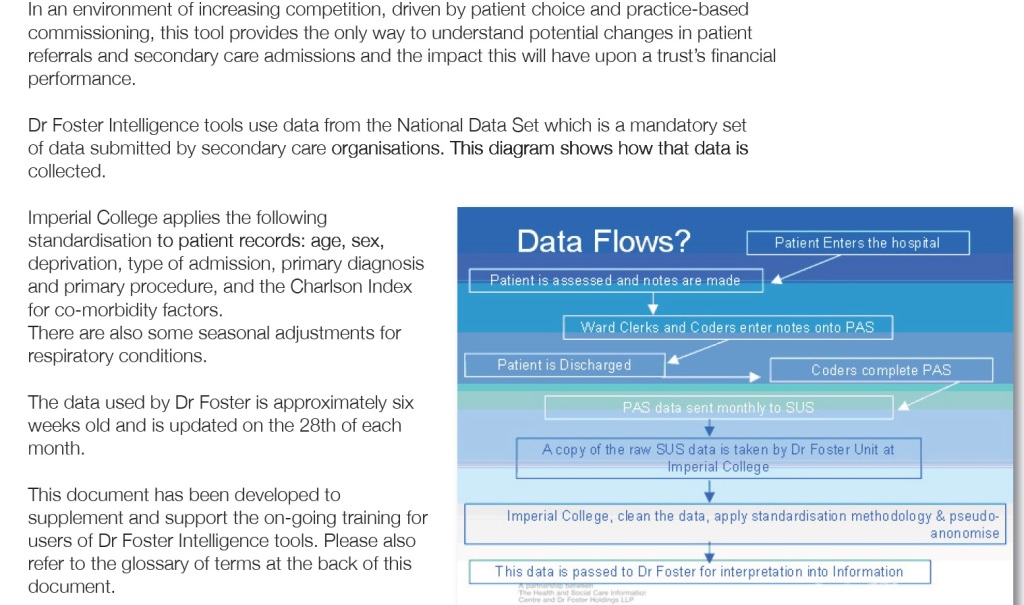EMR – Electronic Medical Record
The EMR is very medically focused and usually focuses on a particular medical domain for example orthopedics. EMR can be for a particular department in a hospital or a collection of patients medical information from all departments in a given hospital site. Rarely the scope of EMR extends outside a hospital even when it does it is usually for a organization which has multiple sites but never between two hospitals which belong to different organizations. This is a widely used term in N.America and Asia-Pacific and not commonly used in European countries.
EPR – Electronic Patient Record
This is a term which has its origins in the UK and essentially has the same definition as that of EMR. However the definition of EPR by NHS as “an electronic record of periodic health care of a single individual, provided mainly by one institution” makes EPR definition more patients centric. NHS has classified EPR into 6 levels
Level 1 – Patient Administration System and Departmental Systems
Level 2 – Integrated patient administration and departmental systems
Level 3 – Clinical activity support and noting
Level 4 – Clinical knowledge, decision support and integrated care pathways
Level 5 – Advanced clinical documentation and integration
Level 6 – Full multi-media EPR on line
EHR – Electronic Health Record
Electronic Health Record (EHR) is described as the concept of electronic longitudinal collection of patient’s health and health care – from cradle to grave. It combines information from different care settings held in different systems and in some instances aggregates the data and shows them as a single record.
The Committee for European Normalization provides the following definition for EHR:
“A repository of information in a computer readable format regarding the health of a subject of care “
The Australian National EHR Taskforce, defined EHR as
“an electronic longitudinal collection of personal health information based on an individual or family and entered or accepted by healthcare professionals .It can be distributed over a number of sites or aggregated at a particular source including a hand held device. The information is organised primarily to support continuing, efficient and quality healthcare.”
